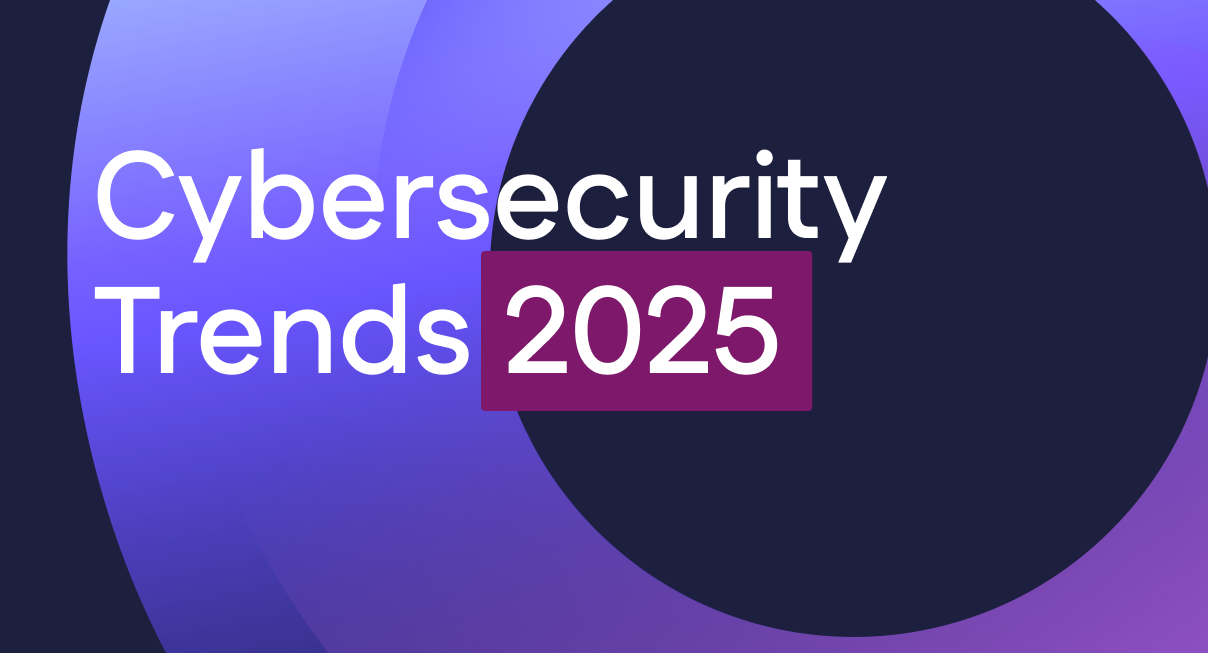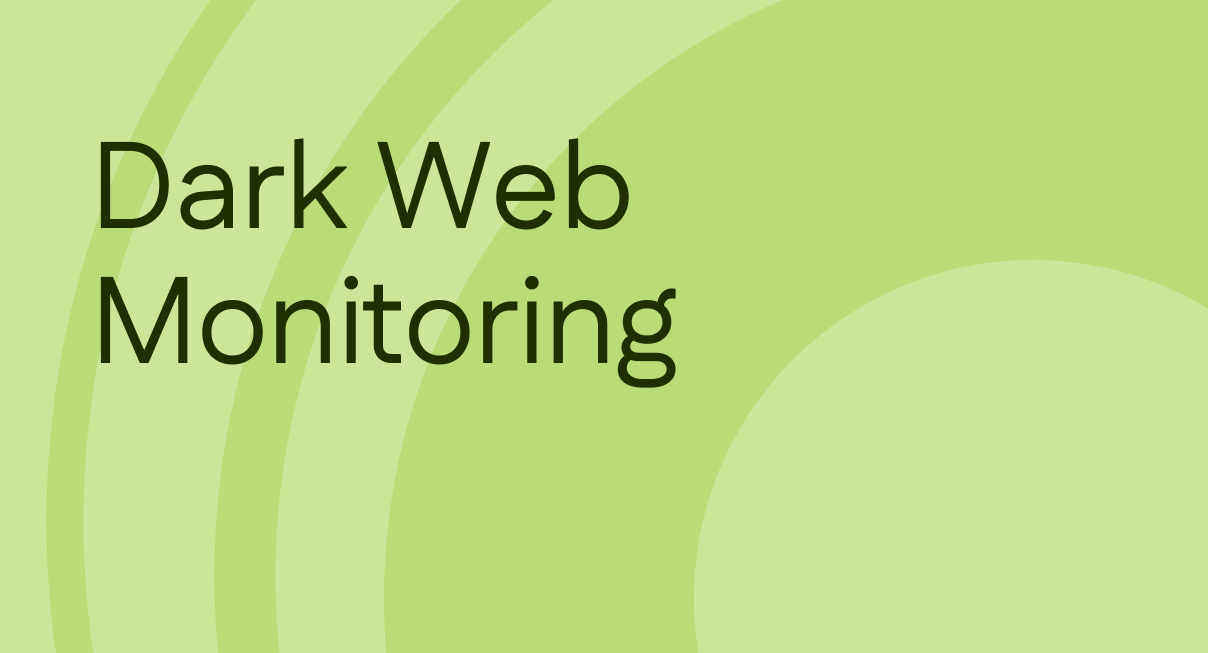Zero Trust Security: The Data Pillar
The Zero Trust security model operates on the premise that data breaches are inevitable, prompting a fundamental shift in how organizations approach security. Rather than relying on perimeter defenses alone, Zero Trust advocates for a continuous, vigilant approach to access control and threat detection.

Central to the Zero Trust ethos is the recognition that threats lurk both within and beyond traditional network boundaries. This means that there cannot be any implicit trust in entities operating within the IT environment. Every access request or attempt needs to be verified, leveraging real-time insights from diverse sources to inform access decisions and system responses.
While Zero Trust includes seven pillars (User, Device, Network & Environment, Data, Application & Workload, Visibility & Analytics, and Automation & Orchestration), none is as critical as the safeguarding of data – the lifeblood of organizations today, and what bad actors are ultimately after.
To effectively protect data, organizations must first ascertain what data they have and understand its movement both within and outside the enterprise. This requires robust tracking mechanisms capable of monitoring data flows and access patterns across the network. Automated solutions for data discovery and inventory management are ideal, as manual tracking can quickly become unwieldy.
In this blog post, we talk about the data pillar within the Zero Trust framework, exploring strategies for identifying, tracking, and safeguarding sensitive information.
We also provide a brief overview of CYRISMA’s data protection features, including sensitive data discovery scans, risk mitigation capabilities and more.
By adopting Zero Trust principles, organizations can bolster their defenses and minimize the risk of unauthorized access and data breaches.
Data Classification and Inventorying
The cornerstone of any effective data protection strategy lies in understanding what data your organization has or handles. Implementing a data classification system allows you to categorize your data based on its sensitivity. This critical step prioritizes your protection efforts by identifying the most valuable and vulnerable data assets. Develop clear labeling or tagging standards to create a consistent and easily identifiable system for data sensitivity levels. Maintain a data catalog or a comprehensive inventory of the data that is present in your organization. This would consist primarily of metadata and data labels, categories and usage information – not the data itself.
Once classified, data needs an extra layer of security. Encryption acts as a digital vault, rendering data unreadable without a decryption key. This hinders the ability of cybercriminals to read or misuse data, even if a breach occurs. For data shared externally, consider Digital Rights Management (DRM) solutions. DRM provides granular access control beyond your internal systems, ensuring sensitive information remains protected.
Data Tagging and Encryption
Don’t let data tags operate in isolation. Integrate them seamlessly with your encryption policies. This powerful combination automatically applies the appropriate level of encryption based on the data’s sensitivity level. For instance, highly confidential financial data would be encrypted with a more robust algorithm compared to a less sensitive customer mailing list.
Data Loss Prevention (DLP)
Data Loss Prevention (DLP) solutions act as a vigilant guardian, monitoring data movement and identifying potential leaks or breaches. Configure DLP solutions to address both internal and external threats. This may include preventing unauthorized data transfers, identifying suspicious file sharing patterns, and alerting security teams for further investigation. DLP empowers you to proactively mitigate insider threats and prevent sensitive data from leaving your systems through unauthorized channels.
Granular Access Control
Zero Trust dictates a shift from blanket access to those within the network perimeter to a more granular approach. When making access decisions, consider factors like user roles, location, device security posture, and other context-aware parameters. This ensures that only authorized users with a legitimate business need can access the specific data required for their job functions. The principle of least privilege minimizes potential damage if a breach occurs by limiting user access to only the data they absolutely need.
Monitoring Data Usage for Anomalies
Data security is not a one-time event; it’s an ongoing process. Continuously monitor your systems for unauthorized access attempts, unusual data movement, or any changes to sensitive data. Security teams can leverage a combination of automated tools and human expertise to analyze system logs, identify suspicious activity, and detect potential breaches early. This allows for swift action to mitigate the damage and prevent further compromise.
By implementing these core Zero Trust principles for data protection, organizations can create multiple layers of defense to prevent data breaches, and minimize damage if a breach does occur.
CYRISMA’s data scans and data security capabilities
The CYRISMA platform combines multiple scan types, assessment features, risk mitigation capabilities, and GRC functions to create a unified and powerful cybersecurity ecosystem.
Data protection is one of the several powerful features included in the platform.
- Scan on-prem and cloud environments (Microsoft 365, Google Cloud) for sensitive data
- Scan systems for dozens of sensitive data types including HIPAA-protected data, PII and SPII, credit cards, passwords, bank accounts, SSNs and much more.
- Users can also create their own sensitive data categories (RegEx based) for more specific classification and labelling
- Find sensitive files, where in your environment these sensitive files are located and current protection levels.
- Secure the sensitive data identified from within the platform – encrypt data, delete sensitive data, change access permissions, or move sensitive files to a more secure location.
- Track compliance with various data privacy regulations and frameworks – PCI DSS, HIPAA, SOC 2, NIST CSF, and more
- Assign risk mitigation tasks to team members or other data owners and set deadlines to establish accountability.
- Strengthen configuration settings based on the CIS Benchmarks to ensure there are no configuration weaknesses that allow accidental data leaks or malicious data exfiltration.
- Assess computing environments for data security and governance levels for secure deployment of AI technologies and platforms.
To know more about CYRISMA’s data protection capabilities and the wider feature-set, request a demo.
Latest updates
View allTurn risk and compliance into revenue
Get a Demo








